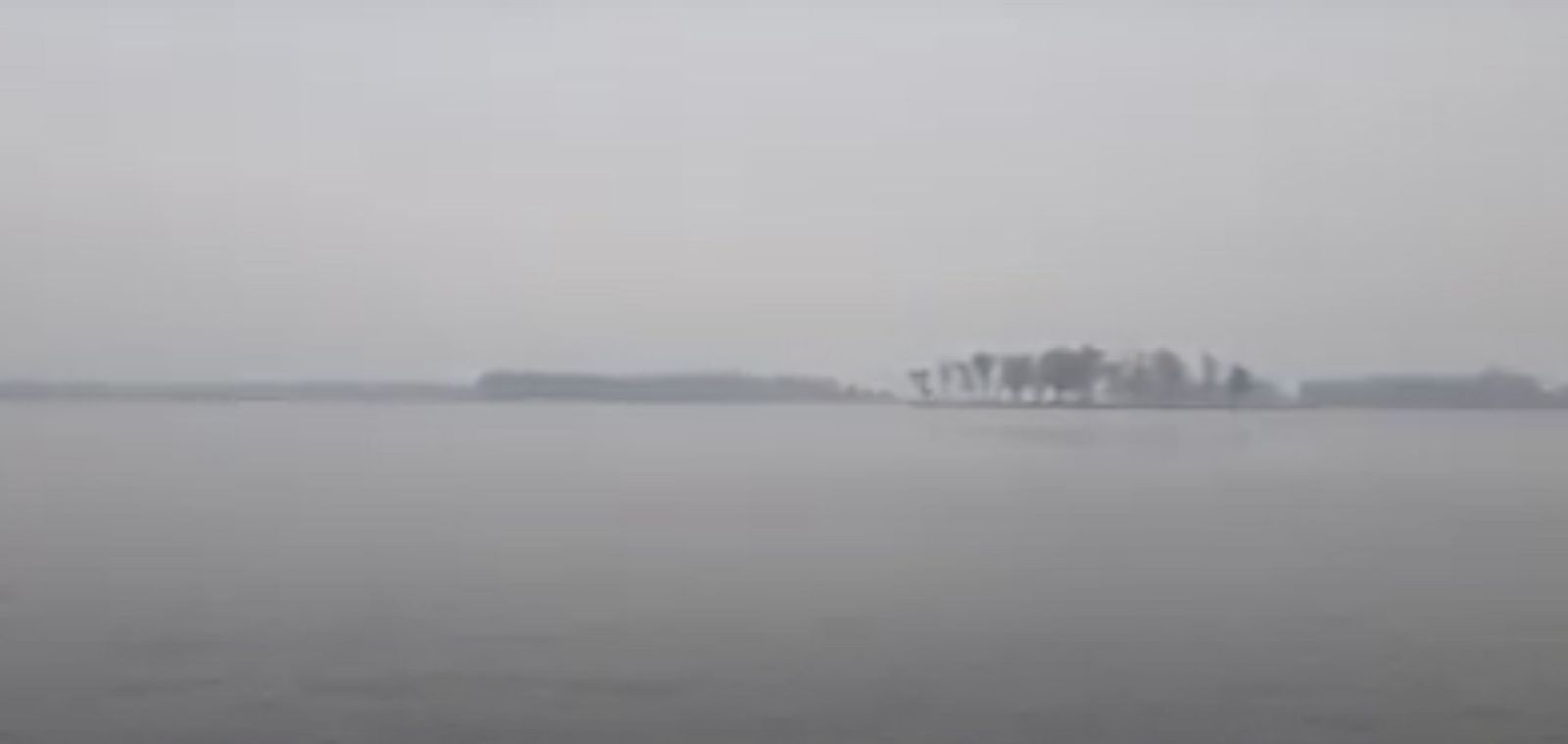
Mirka Kachrimanidou, known as Mirka Ni-ak, is a Greek artist who just graduated from the Royal Academy of Art of the Hague with a specialisation in sculpture and installation (3D). Ni-ak’s artistic practice has been deeply influenced by the themes of absence and memory as well as loss and mourning. Her works either happen to fit into these concepts or are in fact driven by them. By allowing materials to lead her, she aims to create works that are able to stand on their own and thus are independent and unconfined to predetermined ideas. The majority of her works could be regarded as memory traces constructed of fragile, soon-to-vanish materials. They arecomposed in ways to showcase the passage of time and emphasise ephemerality. Her works are based on inspiring situations: visions that reflect a sensation of indisputability and serene contemplation combined with subtle details of odd or eccentric humoristic elements. As an artist Ni-ak is interested in creating moments that will resonate with the people experiencing her work, producing sentiments that will be lingering with them as fragments of a time past and sometimes by manipulating the viewer to create confusion, she absorbs the tradition of remembrance art into daily practice.
GRADUATION PROJECT
What will you do when salt rots?
Inspired by a video I made during the lockdown named "The Fall" where I focused on the fall of men after their productive years, I started developing the salt project. It is often in life that we find it hard to let go of things, ideas or preconseptions, things of no presence that yet haunt us. Salt reminds us of the origin of life. An element necessary for life, but too much brings death instead. Because of its traditional medicinal uses and connection to the origins of life, salt is said to support physical well being, vitality, and longevity. It also has metaphorical associations with life and death. Water often represents spirit. Because salt dissolves in water but may later precipitate out as new crystals, salt symbolizes both the body and its rebirth, resurrection, and immortality. Just as it dissolves in water but can later recrystallize, salt represents the alchemical process of things being broken down into their individual elements, purified, and returned integrated to the whole.
THESIS
'Remembering Nothing'
In her thesis ‘Remembering nothing’ Mirka sets out on an almost impossible quest – to understand the presence of absence. An oxymoron in itself, but also a poetic dilemma within her own practice and met by many other artist who are addressing memories, history and even death. In particular the practice of Christian Boltanski serves as a generous source of several case studies. Even though ephemeral in its nature, Mirka is determined to know the exact workings of absence. Through a deep reading of Boltanski’s work, reflection on the intent of the artist and employing psychology and other disciplines Mirka closes in on her subject. It turns out that the ephemeral character of absence is actually the consequence of a framework of several elements coming together like time, space, memory and personal engagement. In this way Mirka rightly concludes that the paradoxical characteristics and workings of absence point to something else, the exact opposite, namely abundance - all these elements are needed to create an anatomy for absence. A beautiful realisation that hopefully continues to accompany Mirka in all her future endeavours.
Text by Alexandra Landré